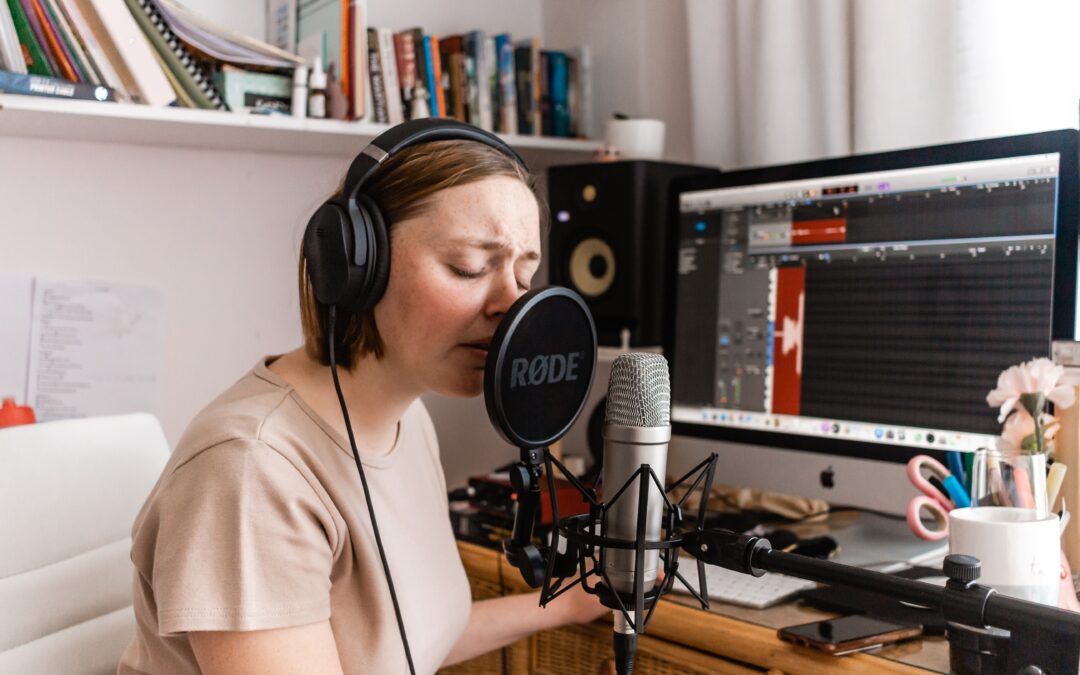Recording vocals is an art form that requires skill, patience, and attention to detail. Whether you’re a professional recording artist or a beginner, there are certain mistakes that can sabotage your recording session and negatively impact the final product. In this article, we’ll explore seven common mistakes to avoid when recording vocals.
- Poor mic placement
Mic placement is crucial when recording vocals. Placing the microphone too close to the singer can result in excessive popping and sibilance, while placing it too far away can result in a loss of clarity and presence. A good rule of thumb is to position the microphone about six to eight inches away from the singer’s mouth and slightly off to the side to avoid plosives.
- Inadequate monitoring
Monitoring is essential when recording vocals. If the singer can’t hear themselves properly, it can affect their performance and result in a subpar recording. Make sure that the headphones are comfortable and secure, and that the levels are set appropriately.
- Lack of preparation
Preparation is key when recording vocals. Before the session, make sure that the lyrics are memorized, the melody is solid, and the singer is properly warmed up. This will help to ensure that the recording session goes smoothly and that the final product is of the highest quality.
- Inconsistent performance
Consistency is important when recording vocals. If the singer’s performance is inconsistent, it can be difficult to edit and mix the tracks effectively. Encourage the singer to maintain a consistent volume and tone throughout the session, and to take breaks when necessary to avoid fatigue.
- Over-reliance on pitch correction
Pitch correction can be a useful tool when recording vocals, but it should not be relied upon too heavily. Overuse of pitch correction can result in a robotic or unnatural sound, and can also mask other imperfections in the recording.
- Failure to address background noise
Background noise can be a major problem when recording vocals. Make sure that the recording environment is as quiet as possible, and address any sources of noise, such as air conditioning or street traffic, before beginning the session. Using a noise gate or a high-pass filter can also help to minimize background noise.
- Rushing the recording process
Finally, rushing the recording process can be a major mistake when recording vocals. Take the time to get the best possible take, and don’t be afraid to do multiple takes if necessary. Remember that the goal is to create the best possible recording, and that takes time and patience.
In conclusion, recording vocals is a delicate process that requires attention to detail and careful planning. By avoiding these common mistakes, you can ensure that your recording sessions are successful and that the final product is of the highest quality.

